Match picture cards with numerals to practise counting to 10.
Improve Counting Skills with this Four in a Row Game!
Are you looking for a fun way to practise counting to 10 with your students? This simple game will give your students an opportunity to count different sets of items.
To play, players take turns choosing a card. They will count the objects and find a matching number on the game board to cover. Connect four squares in a row to win!
Through this activity, students will show they can use their one-to-one correspondence skills to count a group of objects.
Tips for Differentiation + Scaffolding
A team of dedicated, experienced educators created this resource to support your maths lessons.
In addition to partner work time, use this counting game to enhance learning through guided math groups or as a fast finisher activity.
If you have a mixture of above and below-level learners, check out these suggestions for keeping students on track with the concepts:
🆘 Support Struggling Students
Help students who need help understanding the concepts by providing a number line for students to refer to when counting.
➕ Challenge Fast Finishers
For students who need a bit of a challenge, encourage them to think of an addition or subtraction sentence that equals the number on their card.
Easily Prepare This Resource for Your Students
Use the dropdown icon on the Download button to choose between the PDF or editable PowerPoint or Google Slides version of this resource.
Print on cardstock for added durability and longevity. Place all pieces in a folder or large envelope for easy access.
This resource was created by Lindsey Phillips, a Teach Starter Collaborator.
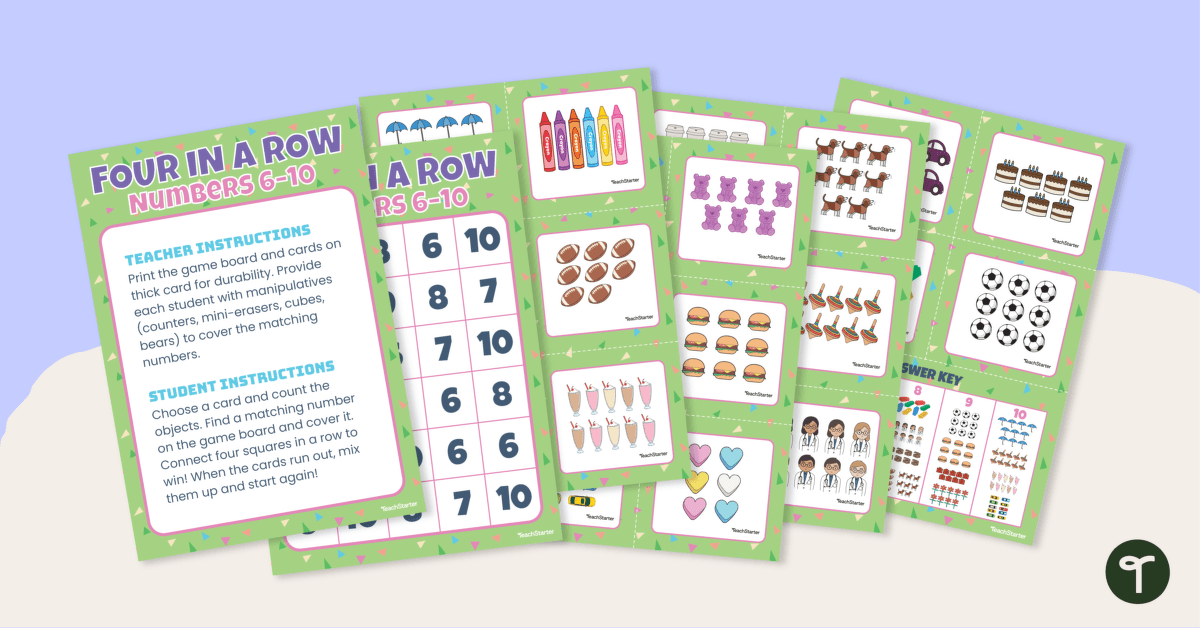


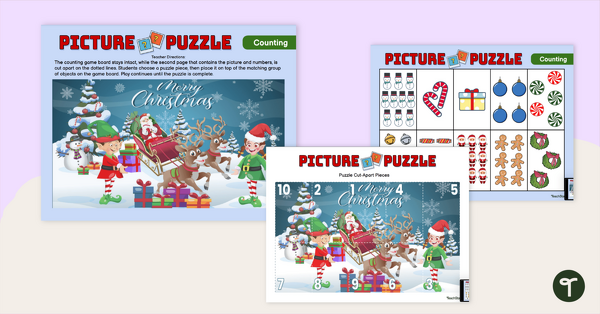
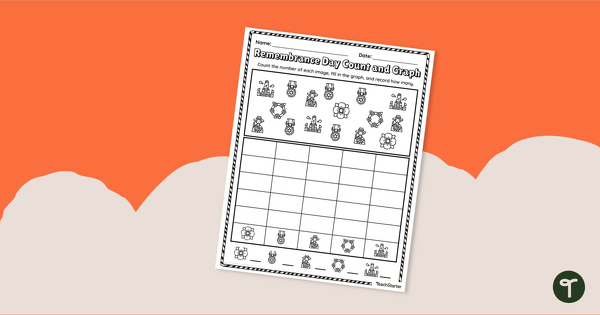
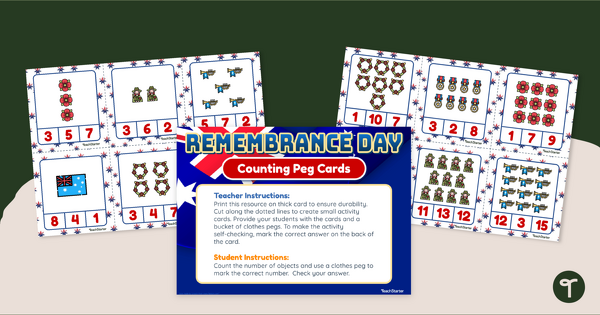
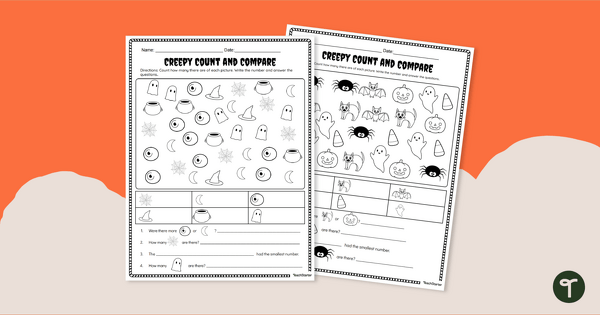
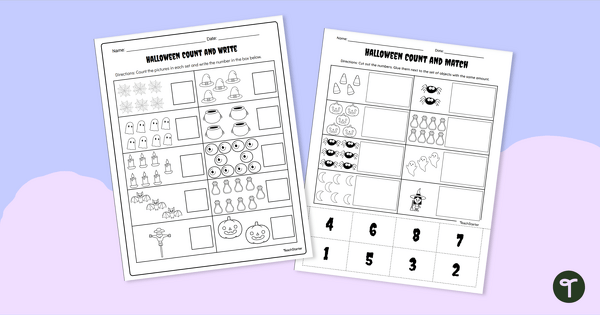
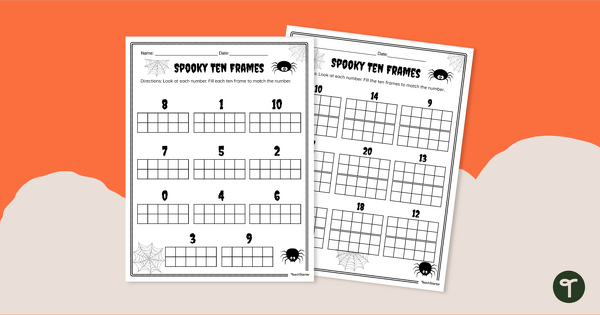


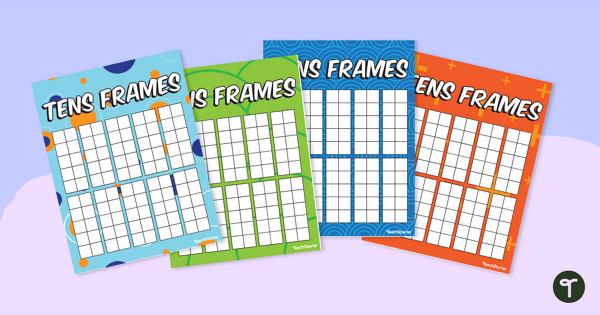
0 Comments
Write a review to help other teachers and parents like yourself. If you'd like to request a change to this resource, or report an error, select the corresponding tab above.